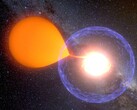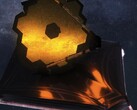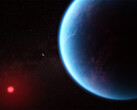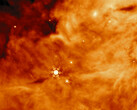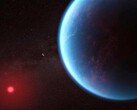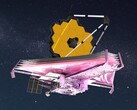From the Big Bang to the present day, the universe has undergone many dramatic changes. Among these, we can mention supernovas, which are explosions of stars. And astronomers have recently discovered, for the first time, a star that has exploded twice.
To understand this, it is important to know that there are two types of supernovas, defined according to the nature of the star and the mechanism that triggers the explosion. First, there are Type Ia supernovas, which originate from a binary system in which a white dwarf sucks matter from a nearby star until it reaches the Chandrasekhar limit (about 1.4 times the mass of the Sun). When this stage is exceeded, instability reigns and a powerful explosion occurs.
Second, Type II supernovae occur when the core of the host star can no longer support its own gravity, causing a sudden collapse and a titanic explosion. It should be noted that this usually happens after the star has exhausted all its fuel.
This discovery is a type Ia supernova located 160,000 light-years away, which was spotted using the Very Large Telescope. Named SNR 0509-67.5, the explosion must have occurred around three centuries ago in the constellation Dorado in the Large Magellanic Cloud.
Going into more detail, the scientists who published their study in the journal Nature Astronomy explain that the first explosion was caused by an accumulation of helium around the white dwarf, which caused a shock wave around the star. Then, the entire star underwent a powerful explosion at its center.
However, current models do not account for a star, such as a Type Ia supernova, exploding before reaching the Chandrasekhar limit. Yet in this case, the explosion occurred well before this limit, sparking keen interest among astronomers around the world who are dedicated to this subject. Thus, SNR 0509-67.5 could become a fairly important subject of study, particularly for better understanding supernovae and their consequences in the universe.
Source(s)
Techno-Science (in French)






